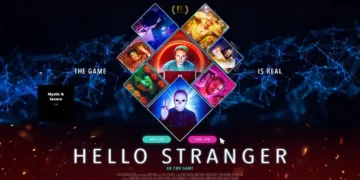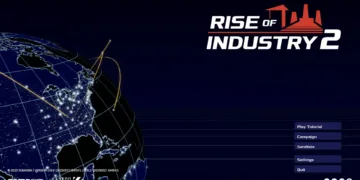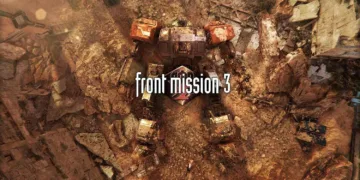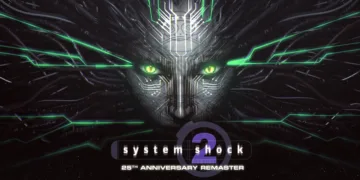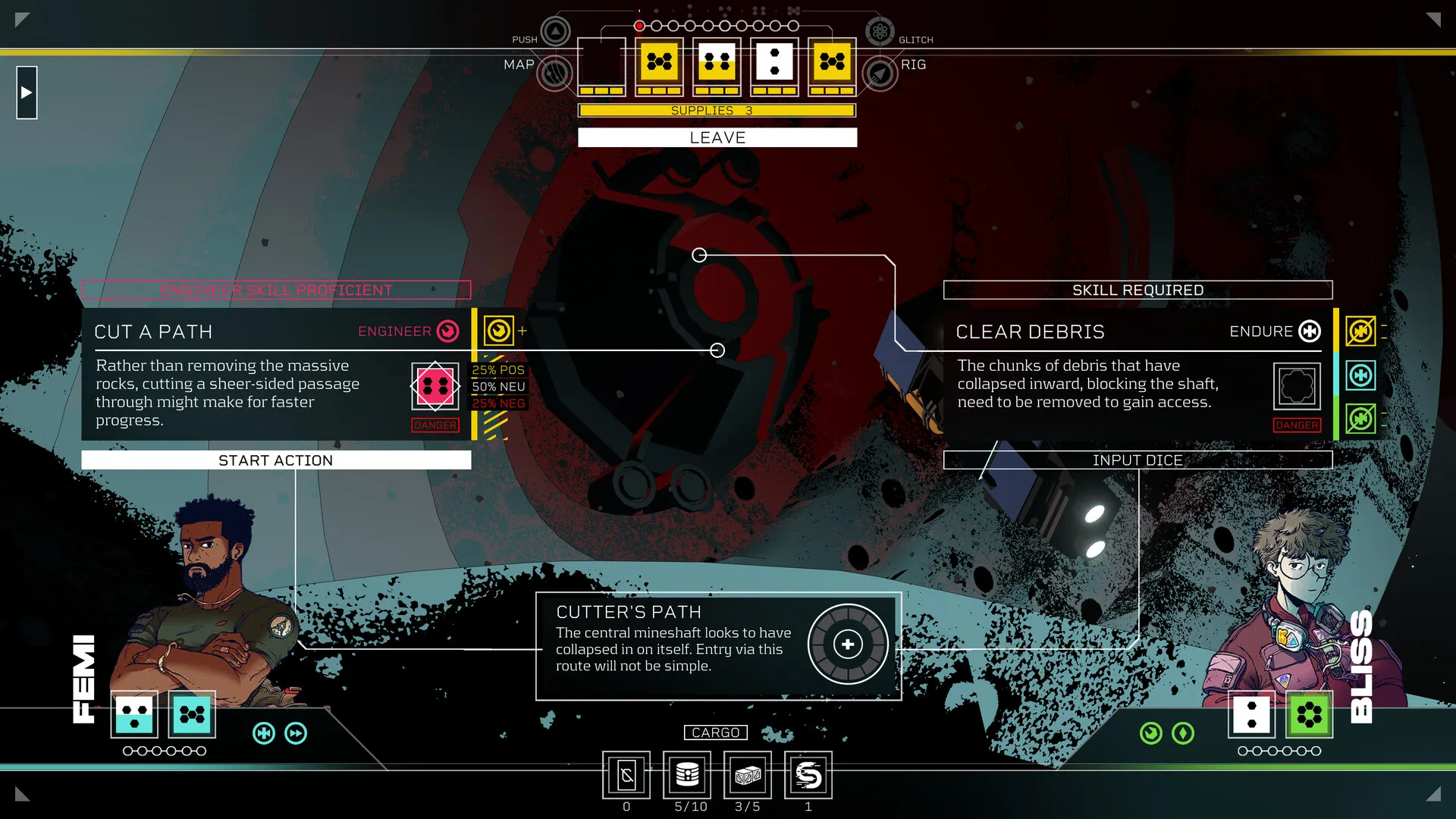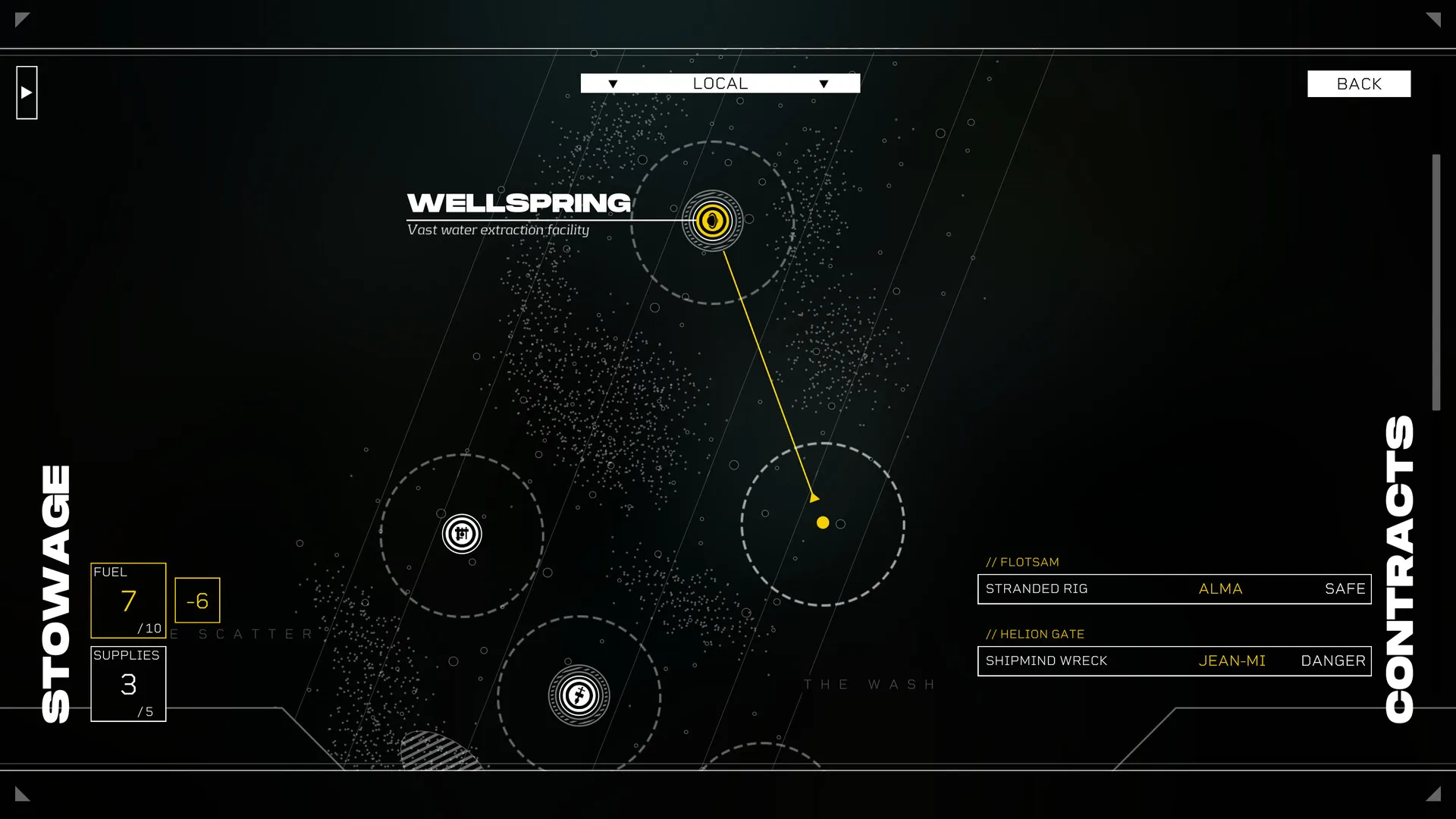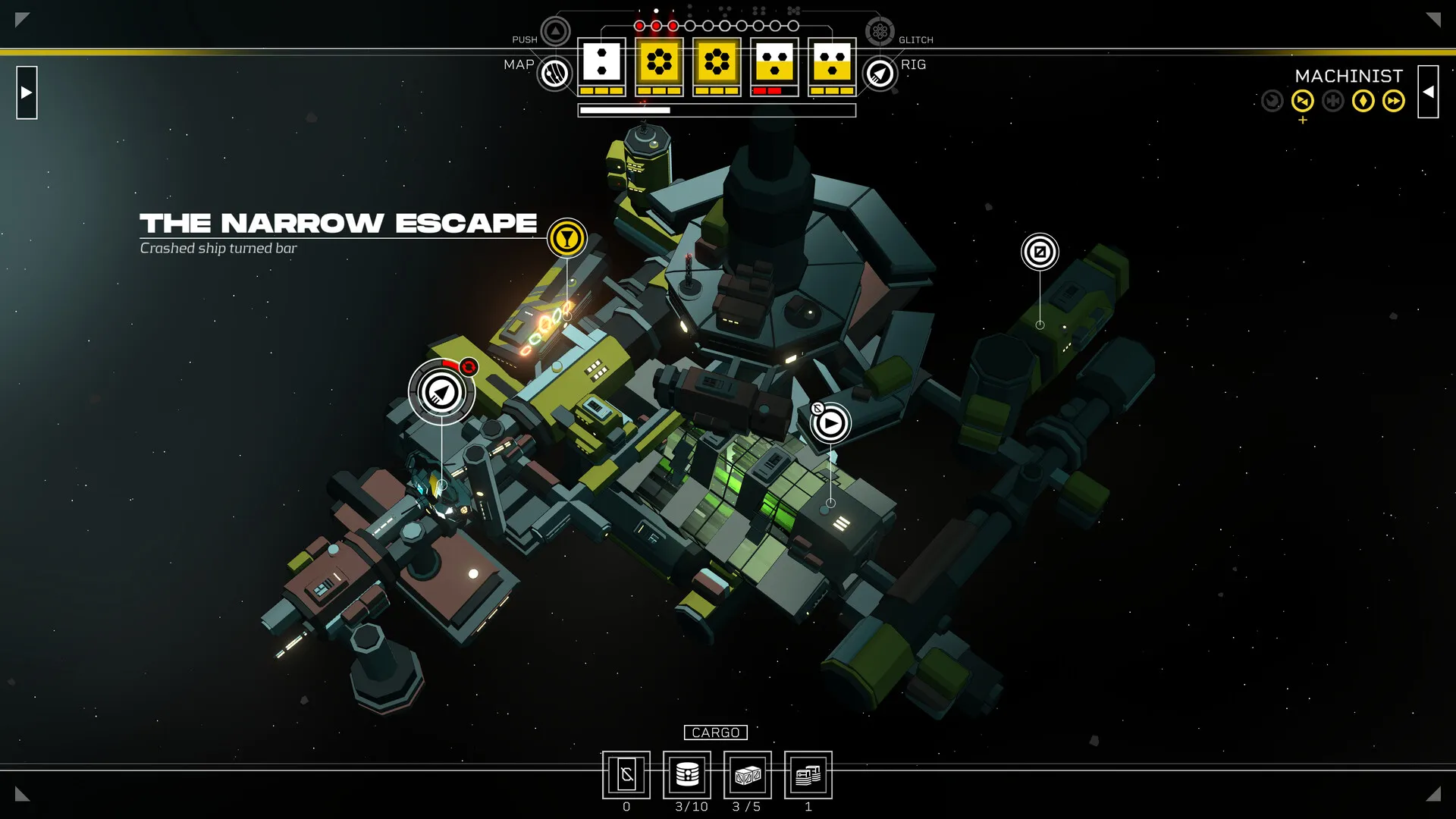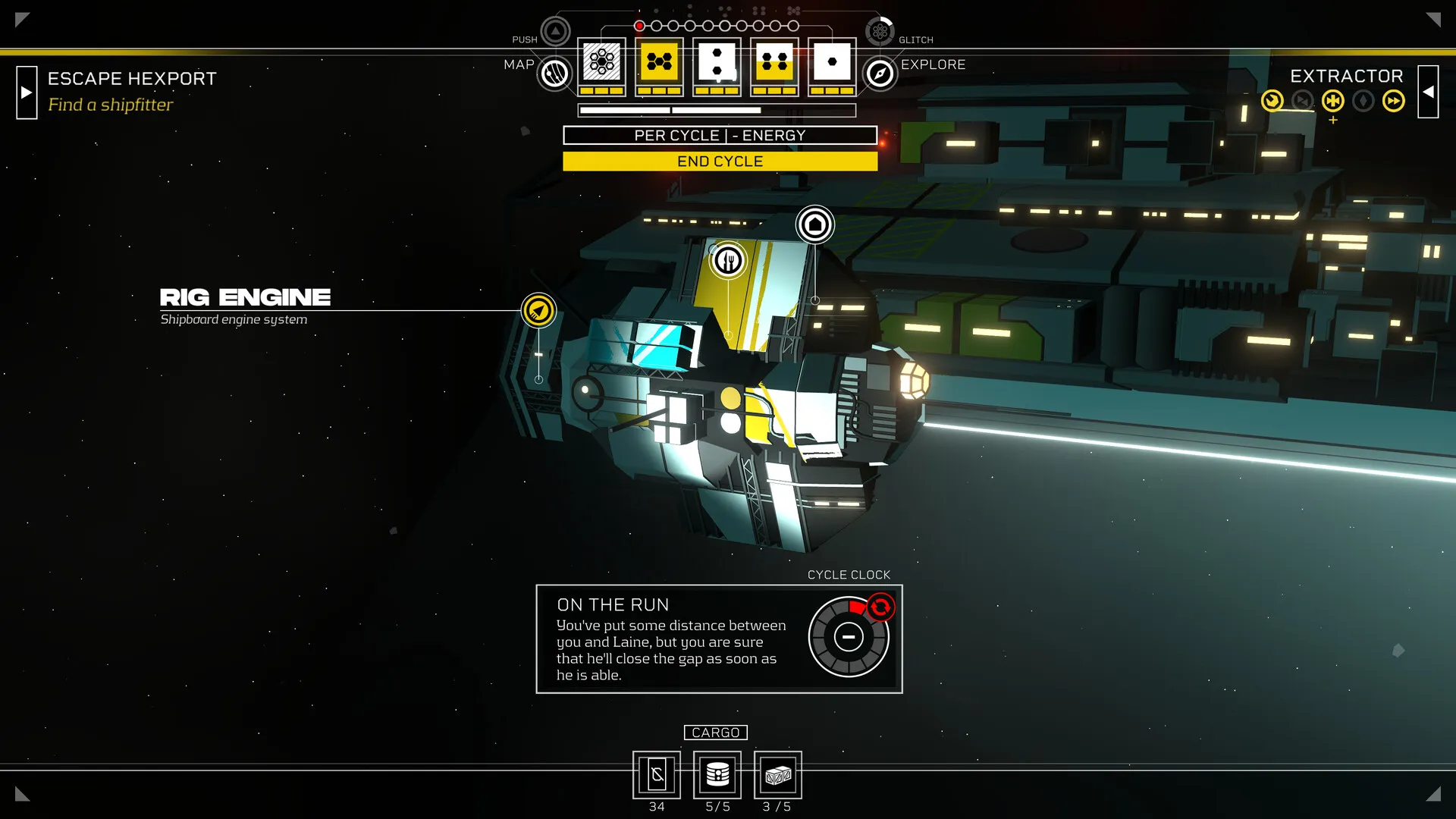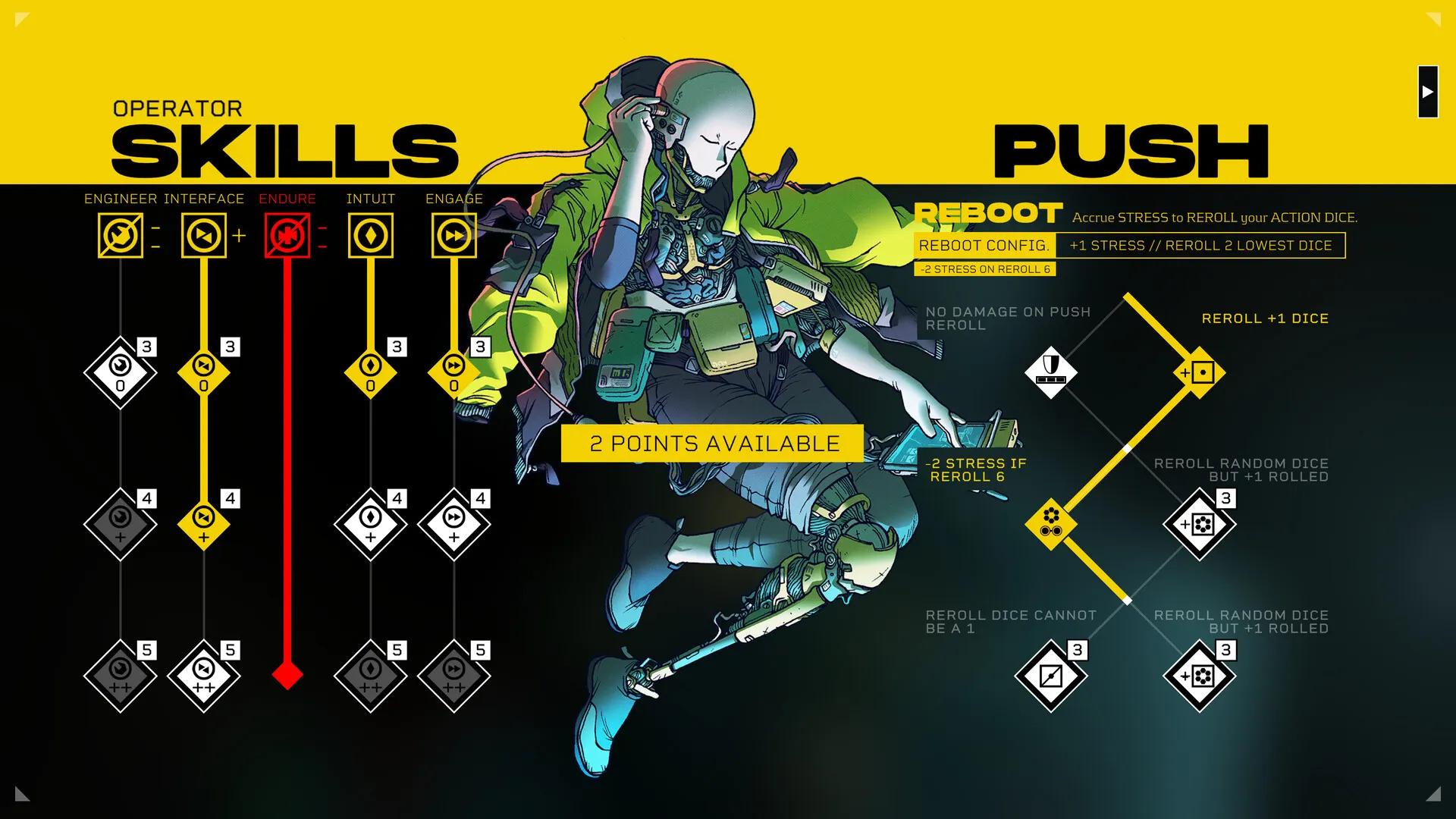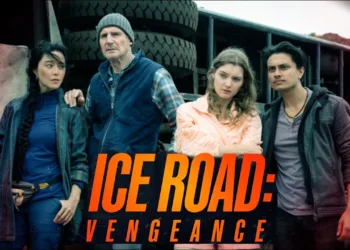Citizen Sleeper 2: Starward Vector continues the journey of the Sleeper, an android struggling with autonomy in a universe where identity is constantly in flux. Set against a backdrop of decaying space stations and cyberpunk-inspired landscapes, the game intertwines themes of personhood and technological control, much like global narratives that explore human fragility in a tech-driven world.
The dice-rolling mechanics reflect this tension—much like in neo-realist cinema, where characters face unpredictable outcomes due to societal pressures. The randomness of the dice mirrors the unpredictability of life, where survival often hinges on forces outside one’s control.
As players navigate the vastness of space, they’re not just exploring physical locations but searching for a sense of belonging, echoing the broader cultural question: is our identity shaped by technology or by the communities we build? The game blends these elements, creating a compelling narrative on the intersection of humanity and technology.
Citizen Sleeper 2: Starward Vector – Identity, Autonomy, and the Interplay of Techno-Human Struggles
Citizen Sleeper 2: Starward Vector weaves a narrative of self-discovery, control, and survival, drawing from both Western sci-fi traditions and global concerns around autonomy and identity. The game’s plot centers on the Sleeper—an android whose consciousness is tied to a human mind—fleeing from a ruthless crime lord, Laine.
As the Sleeper navigates an expansive asteroid belt, players are taken through a series of missions that explore the complexities of self-determination in a universe where freedom is often an illusion.
This shift from the first game’s focus on community to the second game’s exploration of personal autonomy reflects a broader, global tension: the interplay between individuality and collective identity in an increasingly digital world.
The game also poses existential questions reminiscent of science fiction’s philosophical roots. The body—whether human or mechanical—is a recurring motif, with the Sleeper’s struggle for agency mirroring global anxieties about technological control and human fragility.
Much like the characters in existential cinema or dystopian novels, the protagonist’s quest is not just for survival, but for the right to define their own identity. In this way, the game transcends its genre, creating a rich dialogue between technology, free will, and what it means to be truly free.
The Dice of Destiny: Mechanics, Tension, and the Cultural Echo of Citizen Sleeper 2
Citizen Sleeper 2: Starward Vector employs a dice-based system that mirrors the unpredictability and fragility of the human experience, a mechanic that both reflects and challenges the player’s control over their fate. Much like a roll of the dice in a game of chance, each action in the game is determined by chance, with character stats influencing the odds of success.
The dice mechanic, where each cycle presents a new batch of dice to perform actions, introduces an element of risk that keeps the player engaged, mirroring the existential tension found in international cinema’s exploration of fate and human agency.
Whether it’s a calculated gamble or a reckless leap, the dice are a symbol of how life’s outcomes often elude control, invoking the randomness seen in narratives from Russian literature to Italian neorealism, where fate is as much an obstacle as a motivator.
The game’s crew system offers another layer of strategic complexity, tying each character’s abilities to their dice rolls, making the right combination of crew members crucial to success. This synergy between crew skills and dice values underscores the theme of interdependence, similar to the way characters in films such as The Seven Samurai rely on each other’s strengths.
Yet, despite these connections, the game’s real tension lies in its emphasis on failure and consequence. The introduction of stress, broken dice, and glitches is more than just a gameplay mechanic—it’s an emotional reflection of the protagonist’s gradual breakdown, echoing the global cultural narrative of technology’s intrusion into the body.
Failures here don’t just delay progress; they provoke reflection on human limits, technological intrusion, and the ethics of autonomy, much like the dystopian films of the 20th century that questioned the integrity of self in a world increasingly defined by external forces.
Building Bonds in a Broken World: Citizen Sleeper 2’s Characters and Their Struggles for Connection
In Citizen Sleeper 2: Starward Vector, the relationship between the Sleeper and their crew functions as a key narrative thread, reflecting a broader cultural commentary on community versus isolation. As an android caught between two worlds, the Sleeper’s bonds with their crew are forged out of necessity and mutual struggle.
Each crew member offers unique skills that contribute to the success of missions, but they also bring their own motivations, which are intricately tied to the narrative. Much like the complex relationships seen in Japanese or French New Wave cinema—where characters’ personal battles with identity and societal expectation shape their interactions—the crew in Starward Vector is a microcosm of humanity’s broader need for connection, even in the face of technological or existential crises.
The emotional stakes of these relationships are deeply tied to the game’s mechanics. Crew members are more than just tools for gameplay—they are vehicles for character growth. Each mission spent together builds a sense of camaraderie and trust, while the stress mechanics highlight the fragile nature of these bonds. For example, pushing a crew member too hard in a high-stakes mission can result in burnout, mirroring real-world dynamics where individual limits are tested in the pursuit of survival.
The emotional depth of key crew members—such as the enigmatic Serafin—creates a narrative tension that mirrors the protagonist’s own quest for identity, as both characters struggle with their past and the consequences of their choices. These interpersonal dynamics, paired with the game’s unpredictable mechanics, allow the player to experience the fragile nature of connection in a world increasingly dominated by both technology and societal collapse.
Navigating a Fractured Universe: The World-Building of Citizen Sleeper 2
In Citizen Sleeper 2: Starward Vector, exploration serves as more than just a gameplay mechanic—it is the beating heart of the game’s narrative. The vastness of space, depicted through a variety of environments such as desolate asteroids, sprawling space stations, and hidden habitats, is both visually striking and thematically significant.
Each location feels distinct, not only in its aesthetic but also in its cultural undertones. The juxtaposition of high-tech, neon-lit stations with the more grim, worn-down mining colonies speaks to a broader narrative of societal fragmentation and technological decay. This mirror of reality is reminiscent of the way post-war European cinema explored themes of alienation, where the environment itself often acts as a reflection of the inner turmoil of its characters.
The game’s environments do more than just provide a backdrop; they shape and inform the unfolding narrative. Just as in classic sci-fi films where the setting becomes a character in its own right, Starward Vector uses its locations to reflect the state of the world and the psychological states of its characters.
A trip to a decaying space station, for example, doesn’t just offer new gameplay challenges; it deepens the player’s understanding of the stakes involved, emphasizing the fragility of both physical structures and human connections in a world ruled by external forces. Through this integration of exploration and storytelling, the player is constantly reminded that the environment is as much a part of the narrative as the characters themselves, weaving a complex tapestry of existential uncertainty and survival.
The Weight of Choices: Embracing Failure and Risk in Citizen Sleeper 2
Citizen Sleeper 2: Starward Vector thrives on a unique approach to failure—one that mirrors the existential crises of both its characters and its players. The dice mechanics, which determine success or failure in each action, make every decision feel fraught with consequence.
This system pushes players into a constant state of uncertainty, where failure is not just a setback but a powerful narrative tool. The consequences of broken dice, escalating stress, and missed missions serve to deepen the stakes, creating a tension that resonates far beyond the immediate gameplay.
This sense of failure echoes broader cultural narratives about the fragility of the human condition—where, much like in classic Italian neorealism, the struggle to survive often comes with profound personal costs. Rather than shielding players from failure, Starward Vector invites them to confront it, making it integral to the narrative journey.
The game also challenges players through a constant need for risk assessment. The dice, while offering the promise of success, are just as likely to introduce setbacks, particularly when stress levels rise. The need to carefully balance resources and decisions mirrors the moral dilemmas often seen in global cinema, where characters must weigh personal sacrifice against greater goals.
In Citizen Sleeper 2, each choice is a delicate gamble, forcing players to reflect on their own values and approach to problem-solving in a world where uncertainty reigns. This interplay between gameplay mechanics and narrative is a fascinating commentary on the complexities of decision-making and the human propensity to balance risk and reward.
Fragility and Resilience: The Emotional and Thematic Depth of Citizen Sleeper 2
Citizen Sleeper 2: Starward Vector digs deep into the emotional complexities of identity and the human condition, using its narrative and gameplay mechanics to explore the themes of loss, self-discovery, and bodily fragility. The protagonist, an android whose human consciousness is fragmented and imperfect, is a poignant symbol of the disintegration of self.
As the Sleeper navigates a universe fraught with existential tension, the game invites players to reflect on their own vulnerabilities—both physical and psychological. This theme of fragility is echoed in the game’s mechanics, where the breaking of dice and the accumulation of stress parallel the protagonist’s own deteriorating body, creating an emotional connection that transcends the typical challenges of a video game.
It’s a theme that has been explored in both international cinema and literature, from the existential musings of French New Wave films to the introspective science fiction works of the 20th century, where the body becomes a site of tension and decay.
The game’s thematic resonance extends beyond individual fragility to explore a more universal question of what it means to be “broken.” In a world defined by technological advancement, where the lines between human and machine blur, Starward Vector subtly critiques the idea of perfection and self-reliance.
It presents a powerful message: in a universe that continuously degrades, true strength lies in the ability to accept imperfection, both within ourselves and in others. The game’s emotionally charged exploration of identity offers a rich commentary on the fragility of life and the resilience needed to navigate a world where everything, even the body, is in constant flux.
The Review
Citizen Sleeper 2: Starward Vector
Citizen Sleeper 2: Starward Vector is a thought-provoking, emotionally charged experience that blends narrative depth with compelling gameplay mechanics. Its exploration of identity, loss, and human fragility resonates deeply, while the intricate dice system heightens the sense of risk and consequence. The game excels in world-building, offering diverse environments that complement the unfolding story. However, its reliance on failure as a core mechanic may not appeal to all players. Overall, it’s a rich and rewarding journey that balances complexity with accessibility.
PROS
- Thought-provoking exploration of identity and human fragility.
- Deep emotional connection through character development.
- Unique dice-based gameplay system with meaningful consequences.
- Rich world-building and diverse environments.
- Strong thematic resonance on autonomy and loss.
- Engaging narrative with strong philosophical undertones.
CONS
- The reliance on failure mechanics may frustrate some players.
- Crew system lacks significant depth in non-mission moments.























